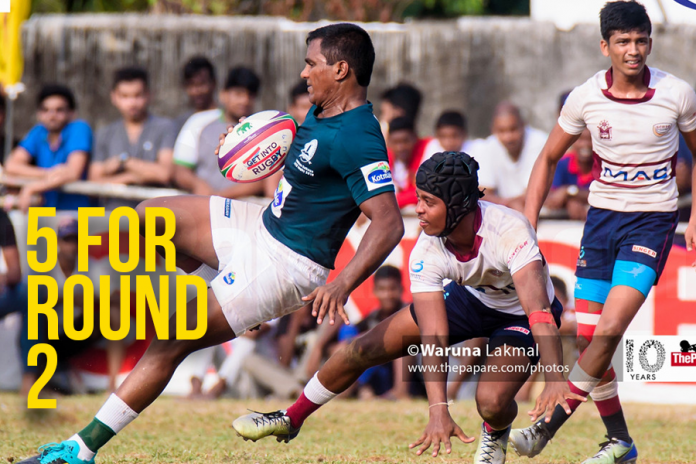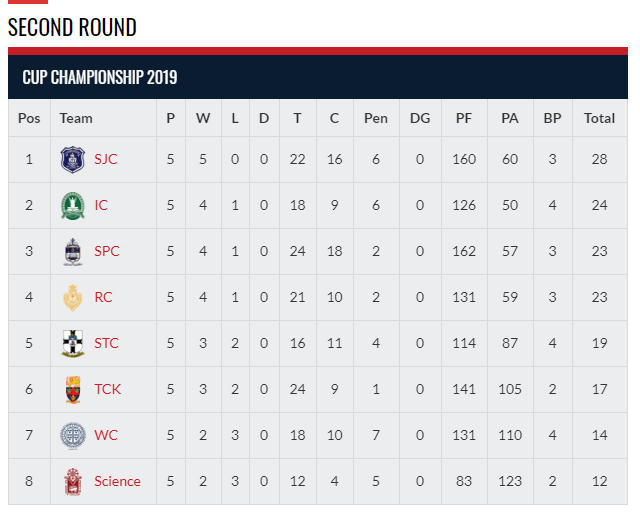If you ever thought there was no way you’d become an addict, well think again. You are. addicted to Singer schools rugby, which is on a break for season 2019. We have had five weeks of pulsating rugby and a very close four-way go for the silverware. The island nation celebrates its most anticipated seasonal festivities, so it’s well-earned downtime for all.
Unfortunately, that means there is no rugby to indulge in. So, I don’t blame you for those withdrawal symptoms.
If you are having a hard time coping with not being able to watch rugby, here are five things you can read up on and expect your team/s to do better so you can enjoy what lies ahead. It’s great fan prep for what is the greatest sports league in Sri Lanka.
Coaches, I know you’re reading this, so take notes. You know it will help you make that end of season bonus. I will send you an invoice each at the end of the season proper.
Administrators, there’s plenty in it for you too. After all, you too will be judged on the same yard stick– one way or another. Same applies to you like your coaches.
- Lesser yellow cards
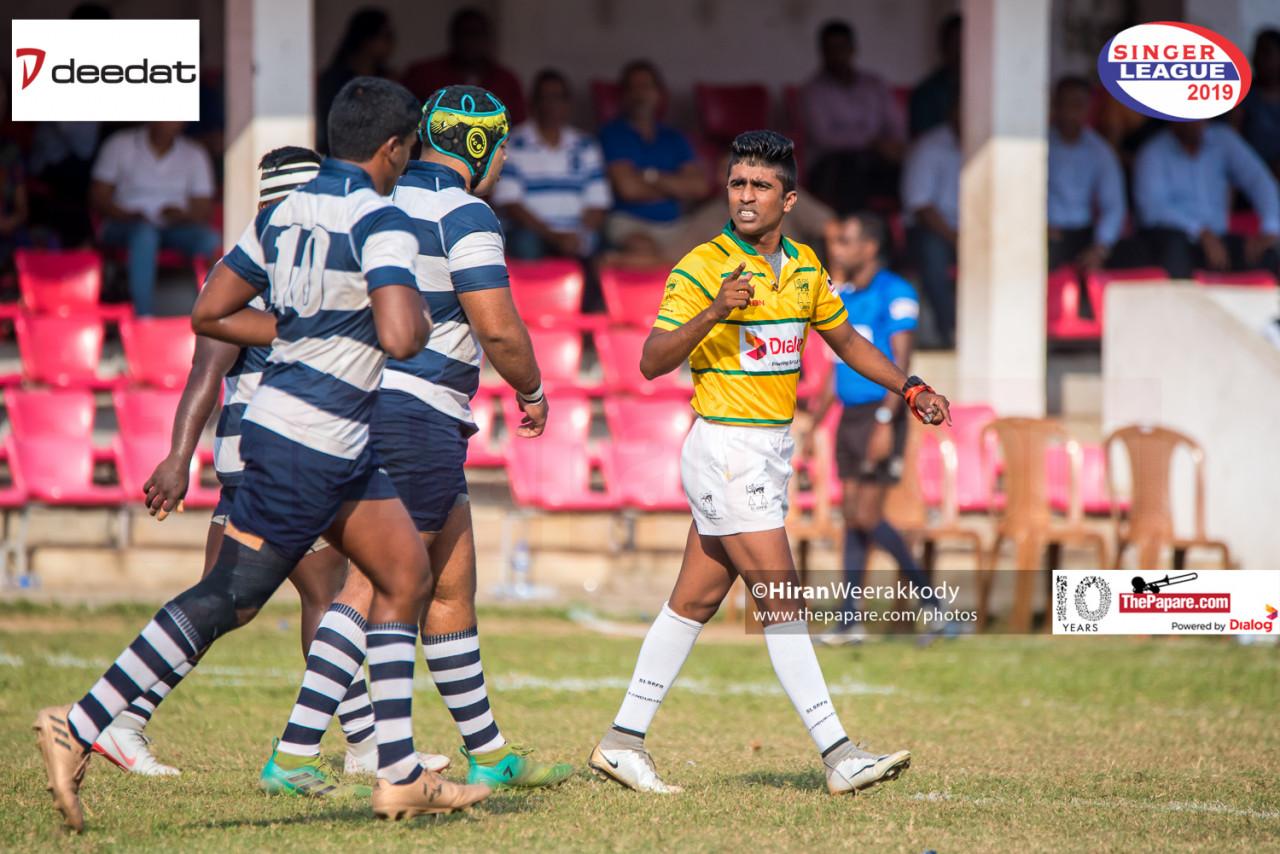
Read more: Bradby box set – EP4
Read More : Six striking stats from the weekend
This season proper, after five weeks of rugby over 30 games, that’s 2100 minutes of footy, we have seen 41 yellow cards. That’s 1 yellow card every 51.2 minutes. A guaranteed situation where a team or teams are reduced to 14 men for 10 minutes.
There were multiple games where we had 3 or more yellows in a single game. Absolutely ridiculous. On occasion, they were a certain red and on others, no more than a penalty.
When I breakdown the distribution and offending numbers it gets real interesting. As illustrated by the table below:
| TEAM | Yellow | Red | TOTAL | PER% |
| SJC | 2 | 0 | 2 | 4.88 |
| SPC | 6 | 0 | 6 | 14.63 |
| IC | 2 | 0 | 2 | 4.88 |
| RC | 4 | 0 | 4 | 9.76 |
| STC | 2 | 0 | 2 | 4.88 |
| TCK | 4 | 1 | 5 | 12.20 |
| WC | 5 | 0 | 5 | 12.20 |
| SC | 1 | 0 | 1 | 2.44 |
| MC | 6 | 0 | 6 | 14.63 |
| ZC | 1 | 0 | 1 | 2.44 |
| SACK | 3 | 0 | 3 | 7.32 |
| KCK | 4 | 0 | 4 | 9.76 |
| TOTAL | 40 | 1 | 41 | 100.00 |
Cards come calling 2019 A Div RD1 by #stats_pert
Footnotes: Based on #stats_pert table, the top two teams who are Joes and Pathana are the most disciplined. St Peter’s are the least and Trinity have the distinction of scoring the season’s only red card so far.
Yellow cards are there as a compliance tool and a sanction for foul play or deliberate acts of negative play. So, on that pretext– don’t put yourself in a position to get pinged or issued a yellow. Some of the fouls were downright ridiculous. Especially, aerial challenges where the man in the air had complete control of the ball (airborne) as the man not in the air who had zero chance of getting to the ball, challenges in any case. The end result, the airborne player is felled and only luck saves him from serious injury.
The other area is of course when running out of options to defend and about to concede a try, the cynical hands in a ruck or kicking the ball out of a ruck.
Don’t do it. You are way better off giving up a try than losing a man in the bin. It is cynical and cowardly rugby. As coaches of 1st Xvers, encouraging this type of play and behaviour is low ball.
Read more: Bradby box set EP 2
Administrators should have a penalty clause to deduct a payment for constant “fiddling”.
Infringing to save 5 or 7 will only result in numerical disadvantage and come the second round, with natural improvements from everyone (in attack), you are bound to cop more points.
- Lesser handling errors and penalties
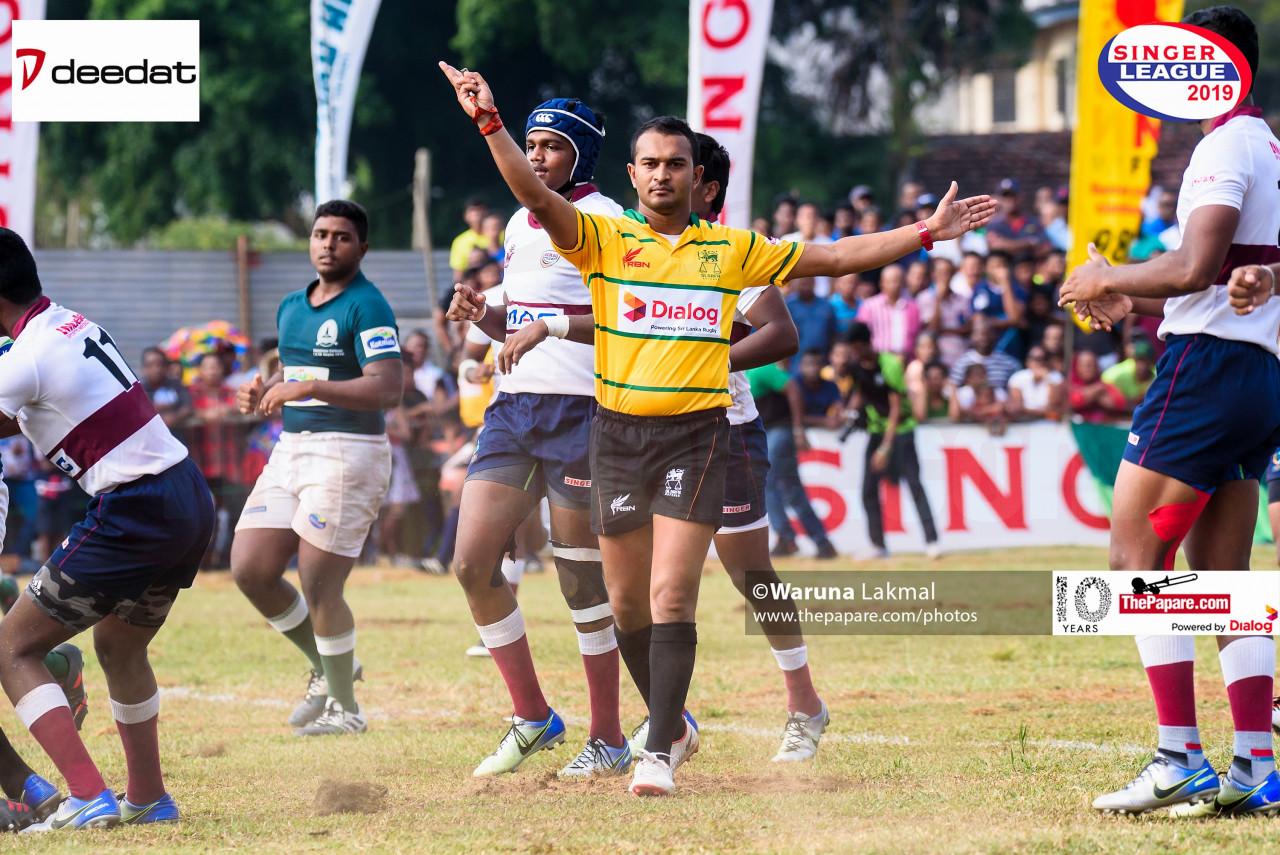
As we get to the lower ratings it goes up to 13 per game. That’s 1 every 5.3 minutes. Hence why these teams are in the bottom 4.
Most common infringements are 1. Tackler showing no clear release of the tackled player. 2. Offside: by not being behind, the behind most foot. 3. High shots (some are marginal and up to the ref). These are a mixture of not playing the rules and poor technique. High tackles, especially, where players need to focus and be coached to attempt lower contact, thereby avoiding the dreaded penalty whistle.
Spectators are aghast and let out a sigh of “argh” in disappointment. One of the key issues for high error rates is a lack of conditioning. Another, lack of basic skills or the inability to execute them in game situations.
Remedying this is kind of simple. Get fitter by doing the right S&C (strength and conditioning) and back it up with the right skill-drills. Its bare bones and basic science. The answer for this is a lot less complex than what most people think.
Again, this is where true coaching of identifying what skills and areas of your game need to be addressed. Inspect what you expect and action by design not by accident.
Footnotes: Week 1 and 2 have seen the bulk of these handling errors and have skewed the number higher than the last 3 weeks of competition.
- Kicking and its steady decline
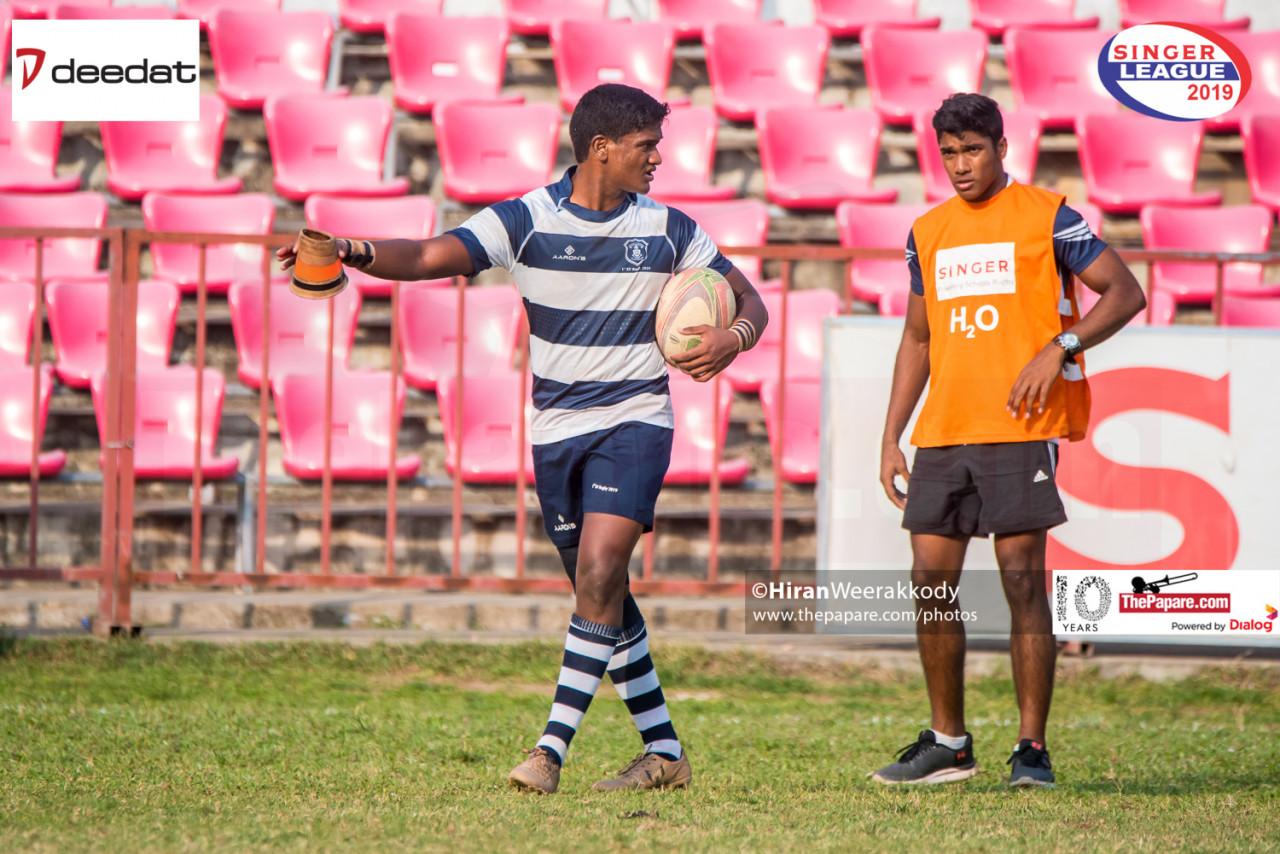
The A division conversion rate of all tries in to goals is at a very poor 56.12%. Only a total of 33 successful penalties have been struck. A paltry 99 points from an aggregate of 1048. A staggeringly low 9.44% of all points scored. Given that the average penalty count per game has been about 10, with 30 games gone, a potential 300 penalties were on offer. “Potential”, as almost half of them are outside most 1st XV kickers’ range.
Almost every top school has a “kicking” coach. I now seriously question what they actually “coach” and why they are even on the payroll. Based on these stats, there is little to no value added. It is a question for respective rugby committees and alumnis to have a hard look at.
Numbers don’t lie. So, on that note and sentence alone, you know everything you need to.
- Prepare better playing surfaces

Preparing and maintaining good surfaces in hot weather such as Sri Lanka’s isn’t the easiest nor the hardest. By having a GOOD 3 (Racing terminology for fast playing turf), it will encourage fast, open and high scoring rugby. It is what spectators and alumni from the respective schools come to see and expect.
I did notice a curious case recently when St Peter’s hosted Royal. Where large droppings of what seemed like coir padding was visible. Possibly to soften and cushion the turf. Arguably, a short way home for a safer playing surface. What it did though was have some degree of effect on the style of play and eventual scoreline. A bit of a let down given that the new stands were reminiscent of Loftus versfeld but the pitch wasn’t. (Upon close-enough inspection)
If it means, a bit of extra curation, then so be it. Make the effort so it does the game and fee paying public justice. In this regards, Nittawella of recent have produced terrific ground conditions where my game of the week from the last round, Vidyartha V Dharmarajah– witnessed a titanic and fast fours+turbos kind of finish.
- Pull in more crowds both on field and online
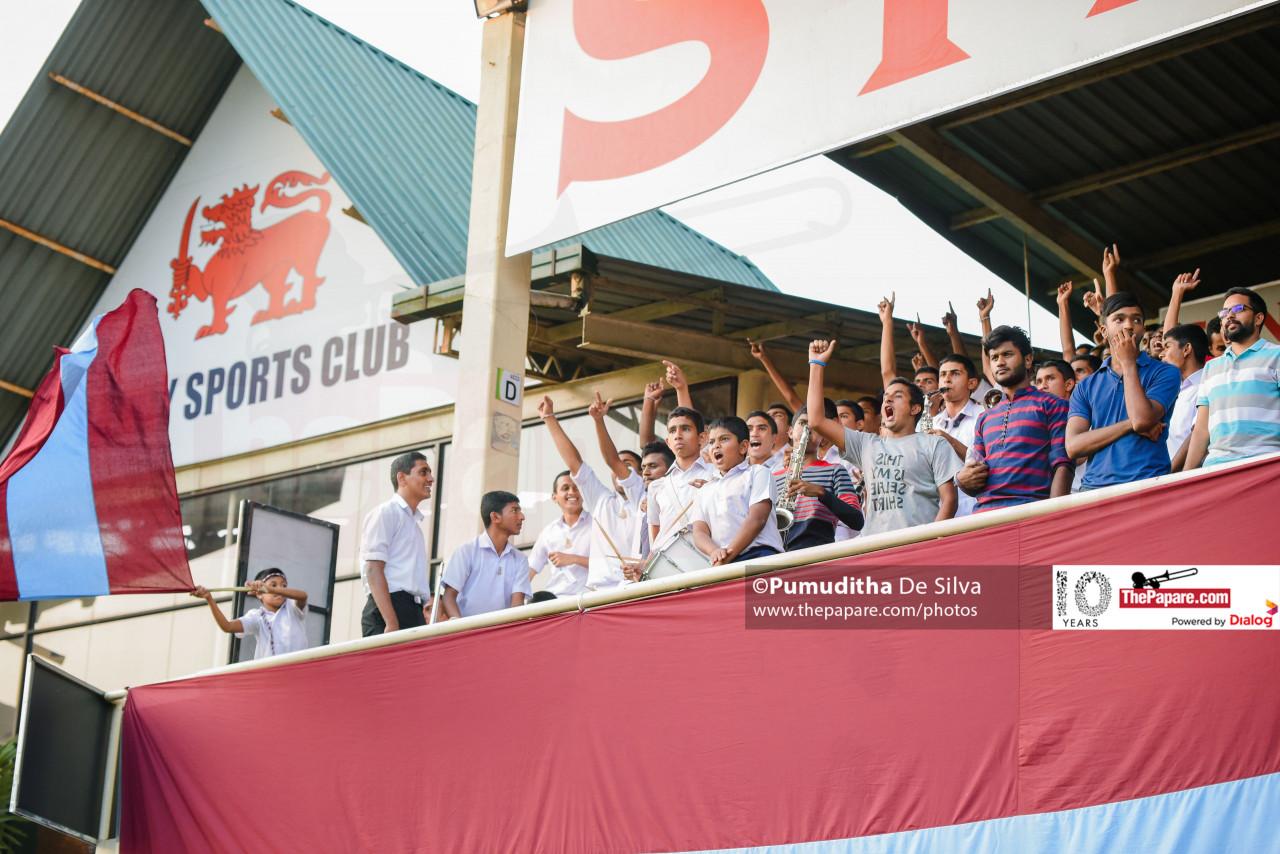
One way to pull in bigger crowds is to get creative with gate sales and allowances. All school children should and could be allowed in for a subsidized price or free. Family tickets or season passes for the second round. There are so many ways to skin this cat.
Combine this suggestion with the 4 pointers before, you have the perfect concoction. It makes perfect sense, right?
Online, ThePapare.com with their sterling coverage will take care of that end and have no worries. Bottom line, schools rugby dwarfs club rugby like an elephant does to a flea. It’s a no contest and the scary thing is, it will get better with some stunning games in the second round.
#straightup #stats_pert
Boa Athu can be reached on [email protected] and is part of the Bradby shield commentary team. You can catch him weekly on his TV show at ThePapareRugby FB page.

